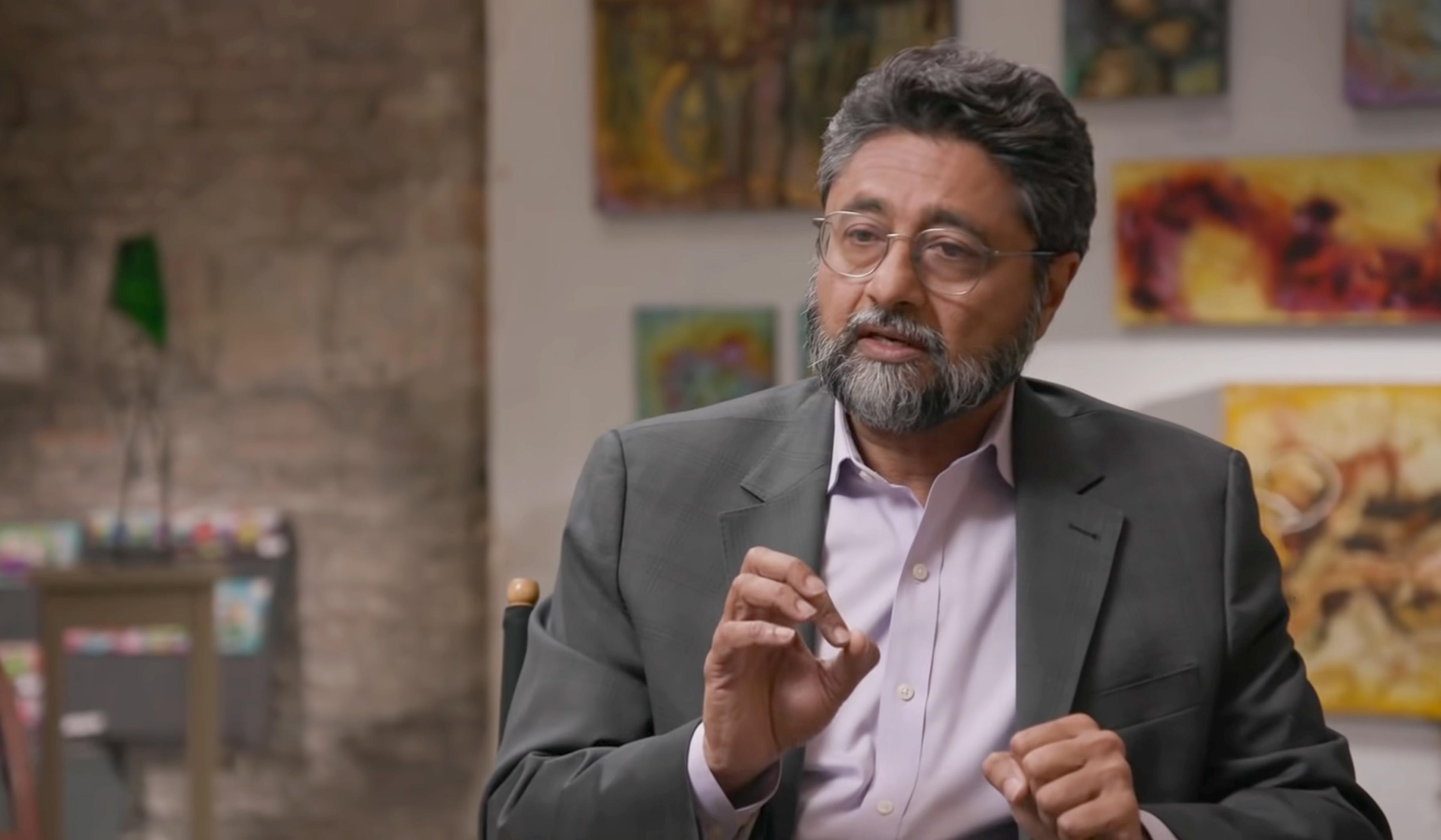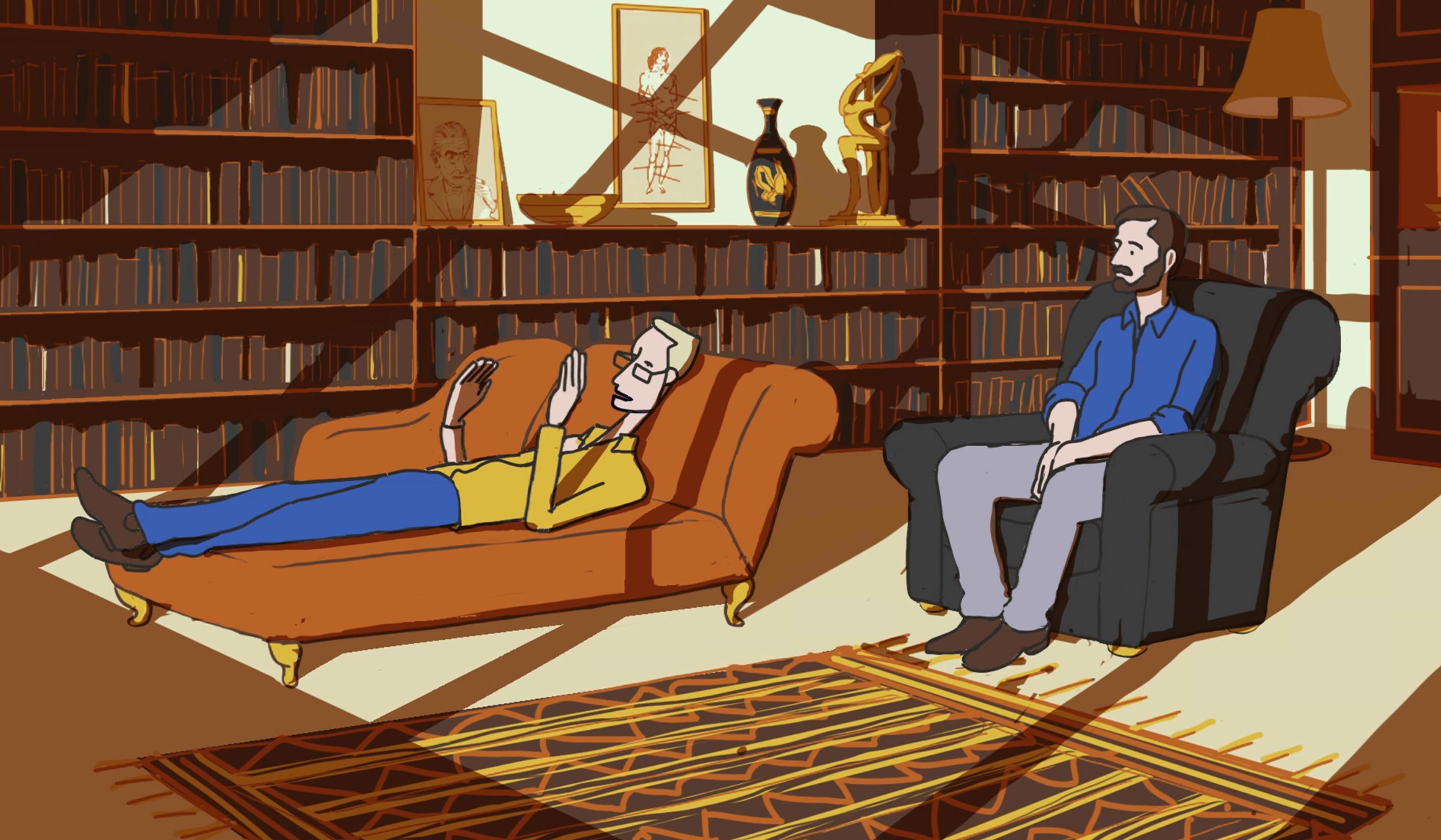Lee Hadwin has been scribbling in his sleep since early childhood. By the time he was a teen, he was creating elaborate, accomplished drawings and paintings that he had no memory of making – a process that continues today. Even stranger perhaps is that, when he is awake, he has very little interest in or skill for art. Penny Lewis, professor of psychology at Cardiff University in Wales, researches differences between waking and sleeping brains and says that, while Hadwin’s particular nocturnal proclivities are quite unique, sleep for humans is hardly a passive activity. Among those with somnambulism – also known as sleepwalking disorder – sleep-eating is common, and even sleep-murder has been documented. In this short film from BBC Reel, Lewis looks to brain-scan research and our evolutionary history for clues to explain Hadwin’s unusually active slumbers.
The work of a sleepwalking artist offers a glimpse into the fertile slumbering brain
Video by BBC Reel

videoSleep and dreams
A world between dream and reality: the science – and horror – of sleep paralysis
8 minutes

videoSleep and dreams
Chocolate, monsters and mothers – surreal glimpses of our most common dreams
2 minutes

videoAstronomy
How artificial light affects our physiology and our sleep
3 minutes

videoMetaphysics
Knowing if you’re awake seems simple. Why has it vexed philosophers for centuries?
5 minutes

videoWork
A Swedish expat in the Philippines wonders: what’s up with people sleeping at work?
14 minutes

videoNeuroscience
Artists can flourish after brain damage. What does this say about neurology and aesthetics?
7 minutes

videoSleep and dreams
How might the dreamworlds of other animals differ from our own?
8 minutes

videoHuman evolution
Playing distracts us from many vital activities. Why did we evolve to love it?
3 minutes

videoEthics
An animator wonders: can you ever depict someone without making them a caricature?
10 minutes